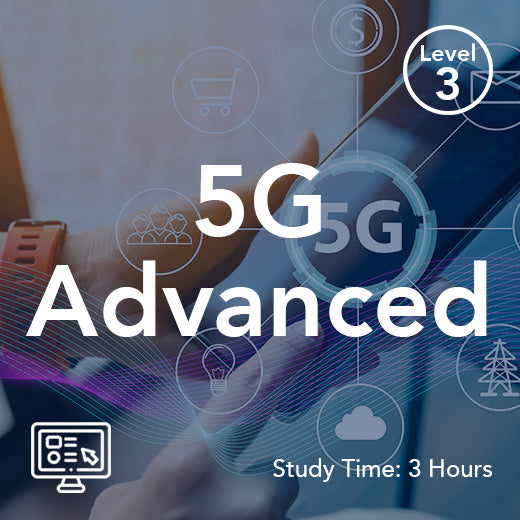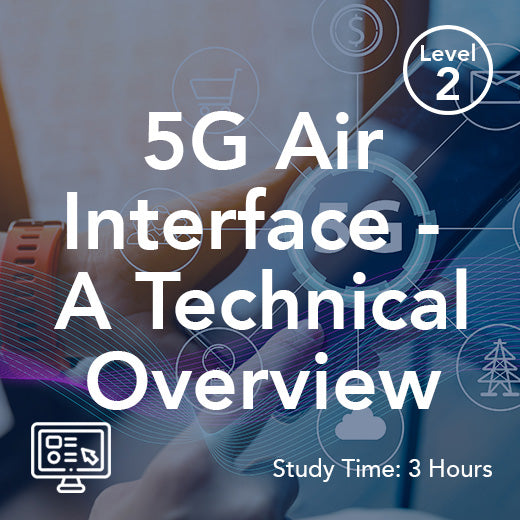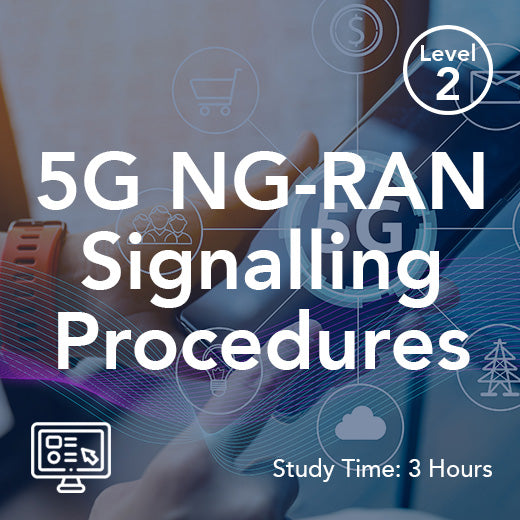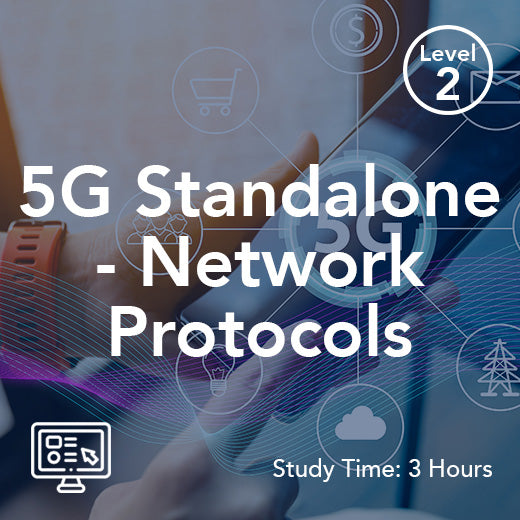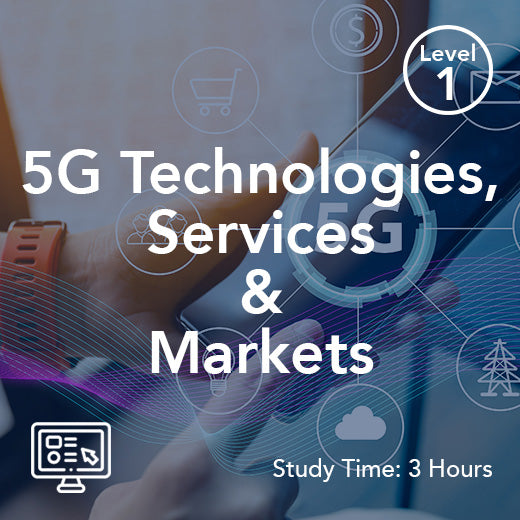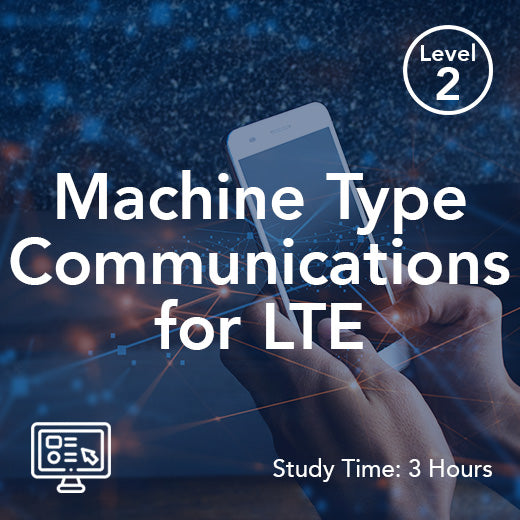USSD Unstructured Supplementary Service Data
- , by Paul Waite
- 2 min reading time
USSD, or Unstructured Supplementary Service Data, is a technology that has quietly played a significant role in the evolution of telecommunications in the United Kingdom. While not as flashy or widely discussed as other technologies like 5G or fiber optics, USSD has been a reliable workhorse behind the scenes, facilitating countless interactions between customers and service providers.
In the UK, USSD has been predominantly used in the realm of mobile telecommunications. It provides a simple and efficient way for mobile users to interact with various services offered by their network operators. Whether it's checking account balances, topping up credit, or activating new services, USSD codes have become a familiar sight for many mobile phone users in the UK.
One of the key advantages of USSD is its ubiquity. Unlike mobile apps or internet services that require data connectivity, USSD works on even the most basic mobile phones. This inclusivity has made USSD a valuable tool for reaching a wide audience, including those in rural or low-income areas where smartphones or stable internet connections may not be prevalent.
Another strength of USSD is its immediacy. When you dial a USSD code, the interaction is instantaneous. There's no need to download an app, wait for a webpage to load, or navigate through complex menus. This speed and simplicity have made USSD an attractive option for time-sensitive transactions or urgent inquiries.
In the UK, USSD has been leveraged in various ways to enhance the customer experience. For example, many network operators offer USSD codes for balance inquiries, data usage tracking, and plan activations. These quick, self-service options empower customers to manage their accounts without the need to visit a physical store or call customer service.
Beyond basic account management, USSD has also been used for more innovative services in the UK. For instance, some banks have integrated USSD into their mobile banking offerings, allowing customers to transfer funds, pay bills, or receive alerts using simple codes on their mobile phones. This convergence of banking and telecommunications highlights the versatility and adaptability of USSD technology.
Looking ahead, USSD continues to have a place in the rapidly evolving landscape of telecommunications in the UK. As the industry shifts towards digital transformation and the Internet of Things (IoT), USSD can serve as a bridge between legacy systems and emerging technologies. Its compatibility with a wide range of devices and its real-time responsiveness make it a valuable tool for enabling secure and efficient communication in an increasingly connected world.
In conclusion, while USSD may not grab headlines or spark excitement like the latest smartphone release, its impact on the telecommunications industry in the UK is undeniable. From empowering customers with self-service options to enabling seamless interactions between different service providers, USSD has quietly but effectively shaped the way we engage with mobile services. As technology continues to advance, USSD stands as a testament to the enduring power of simplicity, accessibility, and reliability in an ever-changing digital landscape.

